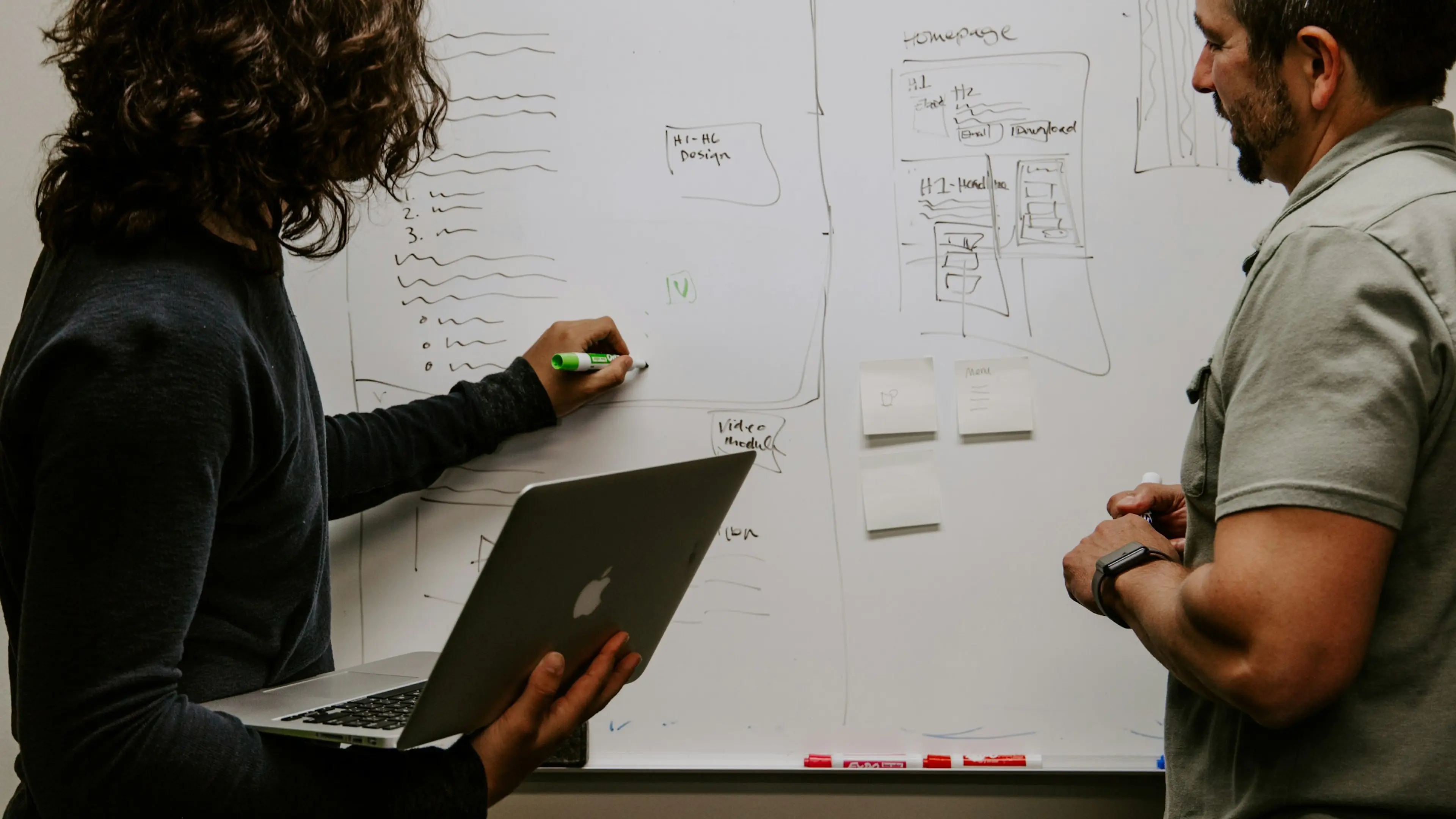27 July 2020 (updated: 22 March 2021)
Common App Development Mistakes To Avoid
Chapters

Over the course of my career, I’ve seen people make fundamental mistakes while creating their apps, so here are some thoughts, so you don't repeat them.
An app can be your business’ great asset: it can broaden your market penetration, optimize your sales and revenue. But, following Statista, there are 2.85 M apps in Google Play, and 1.85 M in Apple’s App Store. The app market is becoming more competitive every day. So to design and develop an app that will make you some money, you can’t rely only on your good idea and your gut feeling.
To build a product that will give you a competitive advantage, and to make the change you’re so striving for, have these mistakes in mind, and you’ll be one step closer to succeeding.
Common app development mistakes to avoid
1. Including too many stakeholders in the decision-making process
Gathering insights is a critical part of making an app that satisfies the needs of various types of users. But trying to leverage input from a dozen stakeholders, all with different opinions, makes your decisions unbelievably tough. You’re stuck taking everyone’s input into consideration and trying to cover all the edge cases, all before the initial launch.
To quote Seth Godin: “As long as you want to please everyone, you won’t please anyone”. Focus on your main target group, and the main need you are addressing, and meet that need.
Your app requires a solid foundation to add features enhancing your product, making it better and more usable.
If you’re struggling to find one common vision, a Product Design Workshop might be a solution to sit down with your stakeholders and brainstorm. But this time, with a UX design expert. An unbiased, impartial expert is able to elicit viewpoints on your product that you haven’t thought of before and give you a bird’s eye view of your business, helping you set the project priorities.
2. And simultaneously, ignoring user research for your app
Founders launch products, because they identified a problem and they found a new or a better solution to approach this problem. Often, this is in a field they are experts in, and the app’s initial scope and features are decided based only on their assumptions. It’s a natural flow of things, but at some point, these assumptions need to be evaluated and adjusted to your actual users’ needs. For a start, a group of 5-10 prospective users for an in-depth interview is enough and better than no research at all.
The sooner you do it, the better for your app and for your budget. A case from my personal experience: we were building a platform to ease out the process of business travels. We began with an assumption that the travelers wanted assistance with both: the search and the booking. We decided to go live with the simplest version of the product, and it quickly became apparent that the users don’t mind the searching part (they actually loved it!), but the booking part is their main pain. Had we not known that, we would have spent a lot of time and money on enhancing the feature that wouldn’t bring any value to the end-user.
Lessons learned: get feedback from prospective users, and be open to change your concept based on that feedback.
3. Being caught up in a never-ending app improvement loop
An 80% product that is out there, is better than a 100% product that is not released at all. The hard truth is that it’s impossible to have a perfect digital product anyways. We learn things after the launch, once the product is actually being used by its users. So we have to adjust and change things in any case.
In my experience, the drive for perfection often manifests in the product team going from iteration to iteration, improving, changing, and tweaking, without the courage to set a stop and actually launch the product.
Take that leap of faith and go for it. And if you don’t believe me, trust Reid Hoffman, the founder of Linkedin: “If you are not embarrassed by the first version of your product, you’ve launched too late.”
4. Going cheap. And at the expense of everything else.
Understandably, budget and money are huge concerns. And with the Agile framework that most software development companies work in, it’s clear you want to squeeze in as many features as you can into your backlog for the least price. But in practice, it can turn into yet another outsourcing horror story. Let me tell you one.
One of our clients outsourced their app to a contractor promising to deliver all their desired features within a fixed budget. They got a product that looked different to what they had agreed on and had several features that simply didn’t work. We took over and decided to go for the simplest version of the app, but a working one, so it could be readily tested with the users.
My advice is: go simple over cheap. Have a few features less, but working. So you can go live and actually sell a product that doesn’t crash all the time.
5. Neglecting to think how you will be making money
You may be surprised how many of the people I walk to who want to build an app have no or only a faint idea how they will make money. This often gets forgotten amidst the excitement present when creating a new product which “users will definitely love”.
Firstly, apps are never finite products, and the more complex they are the more maintenance they need on a daily basis. Secondly, an app’s main goal is to serve your business in one way or another, and even if you’re not planning to charge for the app directly, you need to have the money and revenue elements in mind. If you haven’t, it probably means you haven’t heard about the Business Model Canvas either, so it’s a good idea to start there.
6. Not having a marketing and promotion strategy of your app
You’re done with the product but you haven't taken the time to plan what comes after.
Just as much as not having a plan for monetization, this happens surprisingly often. It may be because of the perception that a good product sells itself, or because of the focus you put on app development. But a good product won’t sell itself and it still needs a strategy to make people aware it actually exists.
I remember our client being so preoccupied with their app development, they didn’t prepare the content and plan for the product’s launch. In effect, the content preparation postponed the launch by around 7 months. You’ve gone through the whole process of development: don’t fail so close to getting to market.
Partner up with an experienced team
App development is a challenging process and a significant investment on your side. Make sure the partner you choose for your endeavor has enough experience and domain knowledge to deliver a stable solution from beginning to end. A well-fitted company will guide you and help along the way, protecting you from making these core mistakes.
Check out also
- Your App Needs a Product Design Workshop To Scale learn more about how Product Design Workshop can help clarify and shape your app's vision and features' priority
- UX Audit: A Quick Win For Your Digital Product: see how can you improve your product in no time with a little bit of external help
You may also like

Native vs Cross-Platform App Development: Which is Right for Your Business
3 September 2024 • Maria Pradiuszyk




